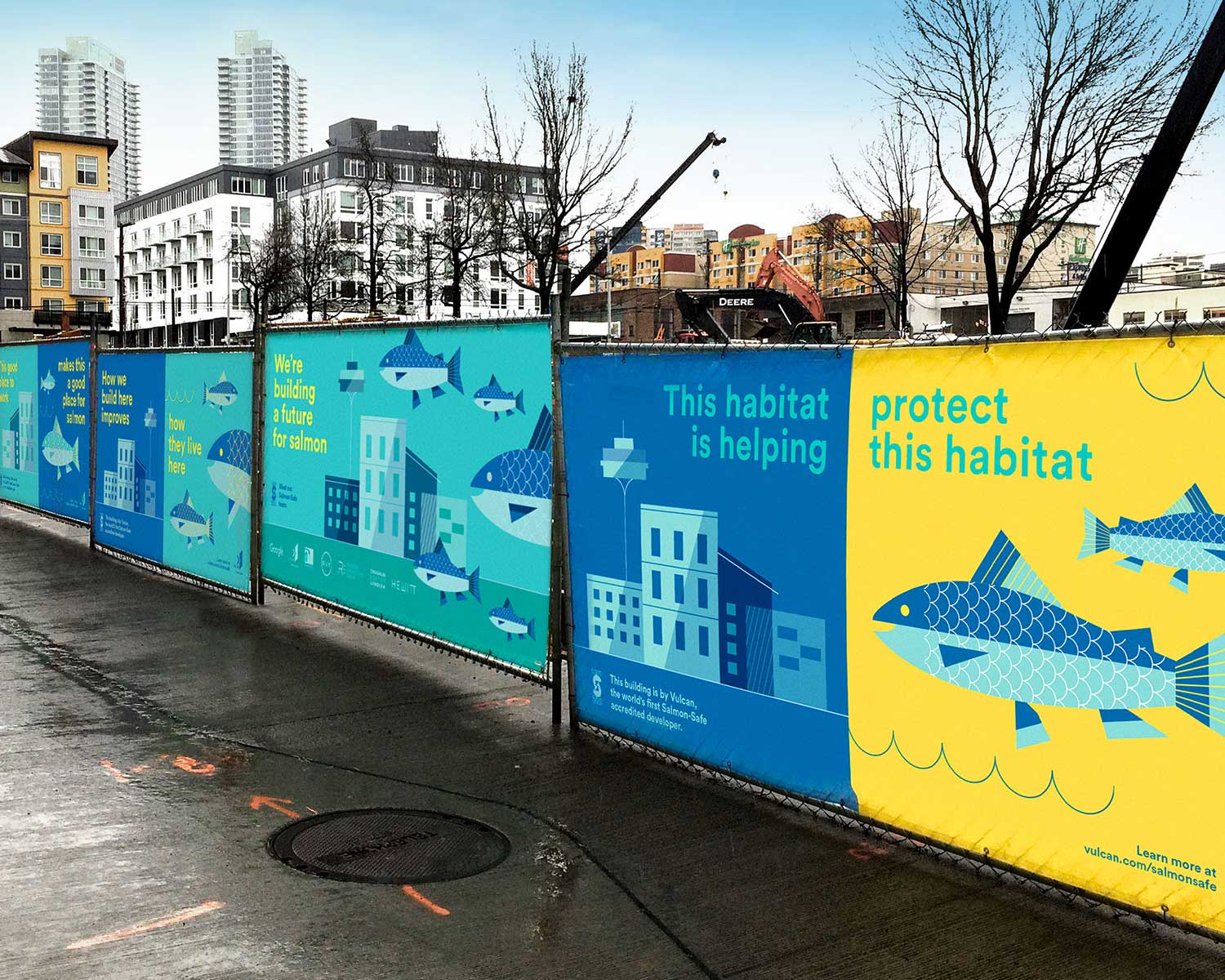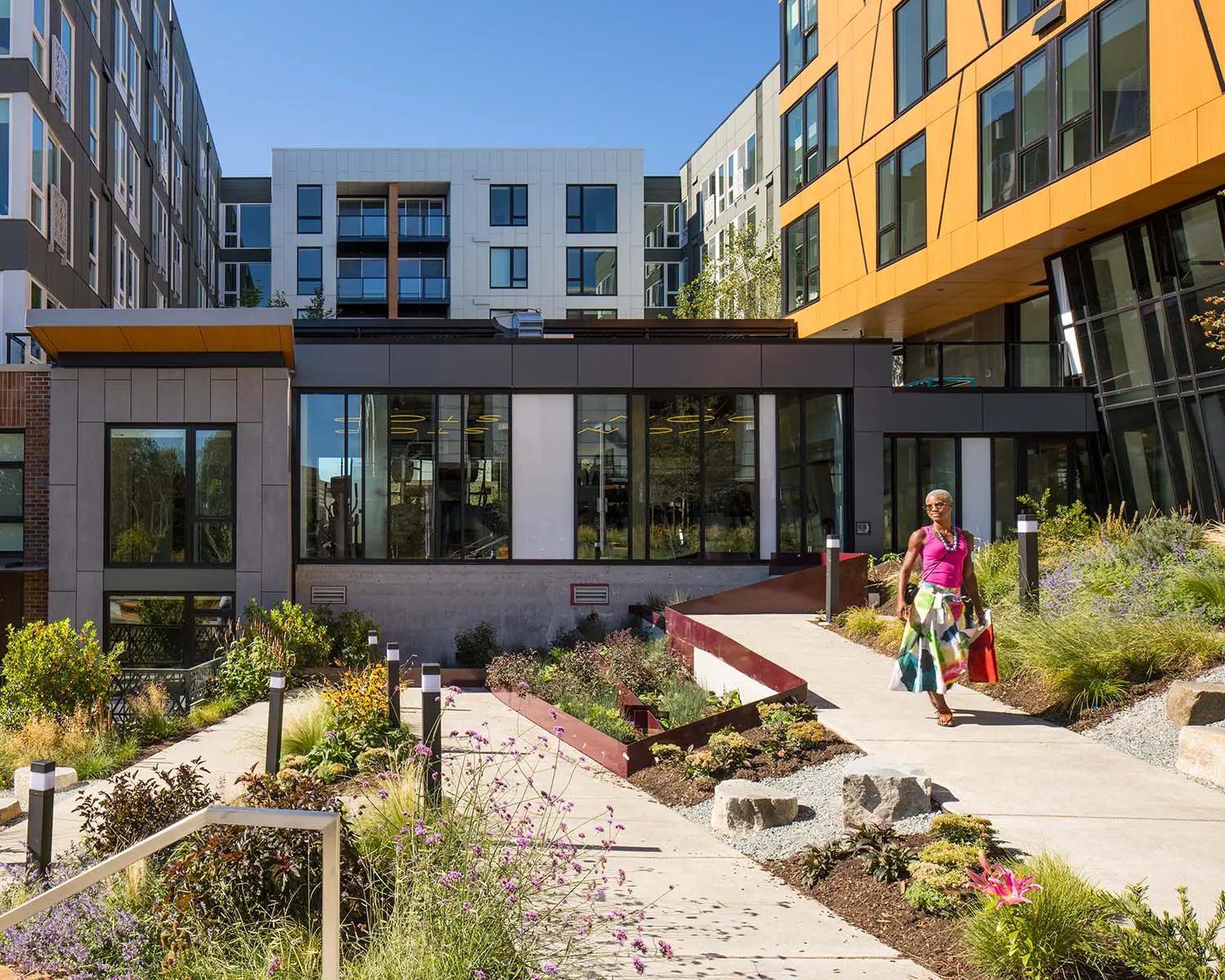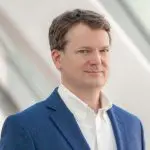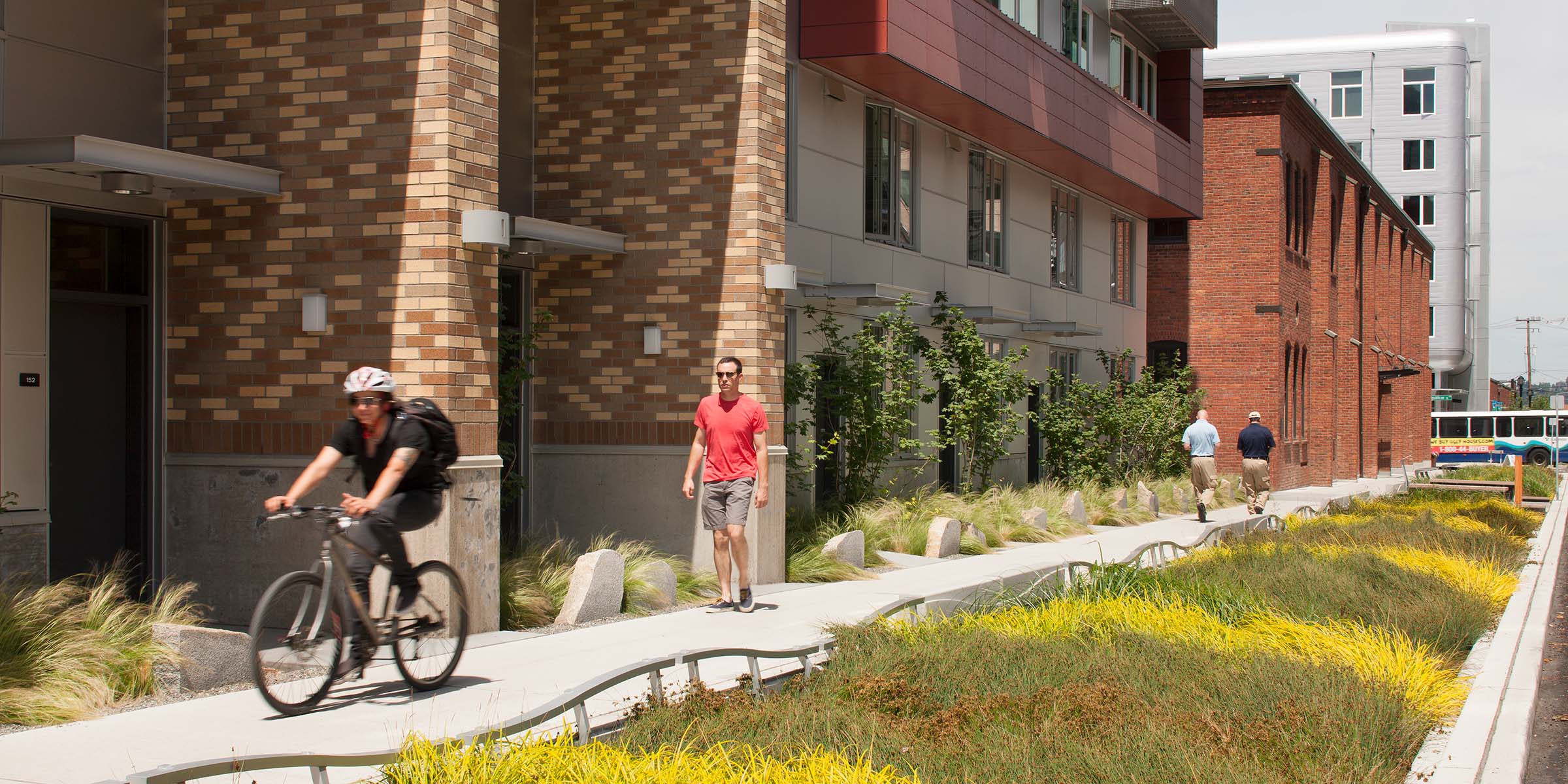
The Pacific Northwest is known for its natural beauty and Seattle, with its views of the Puget Sound and lush greenery, is no exception. In this setting, Vulcan Real Estate was founded in 2001 with a novel approach to real estate development.
At the center of this philosophy is the conviction that commercial development can achieve market rates of return and positively impact the community by leading with innovative sustainable design.
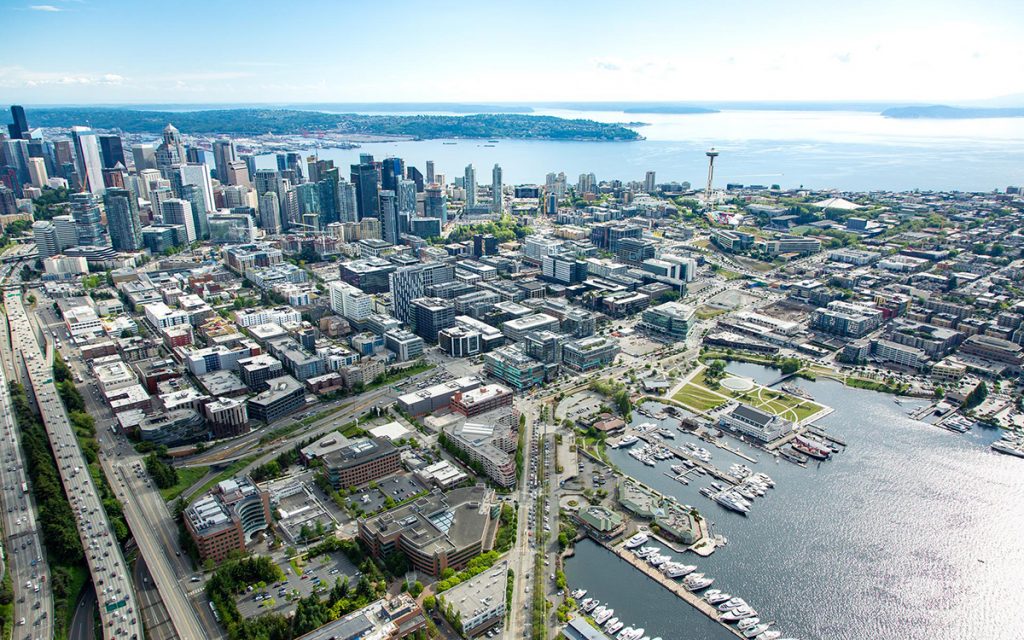
Beginning a New Chapter in South Lake Union
Soon after its founding, Vulcan Real Estate’s leadership team developed a shared vision: to achieve the market returns that support Vulcan’s philanthropic efforts while pursuing cutting-edge sustainability standards.
One of the first examples of this commitment in action was the publication of the Resource Guide for Sustainable Development in 2001. To increase the implementation of sustainable development practices, Vulcan Real Estate (VRE) commissioned the Urban Environmental Institute and their consultant team to develop a guide that outlined recommendations to create a sustainable neighborhood in South Lake Union (SLU). After the guide’s publication, these best practices would be used by developers globally and incorporated into VRE’s approach to new projects locally.
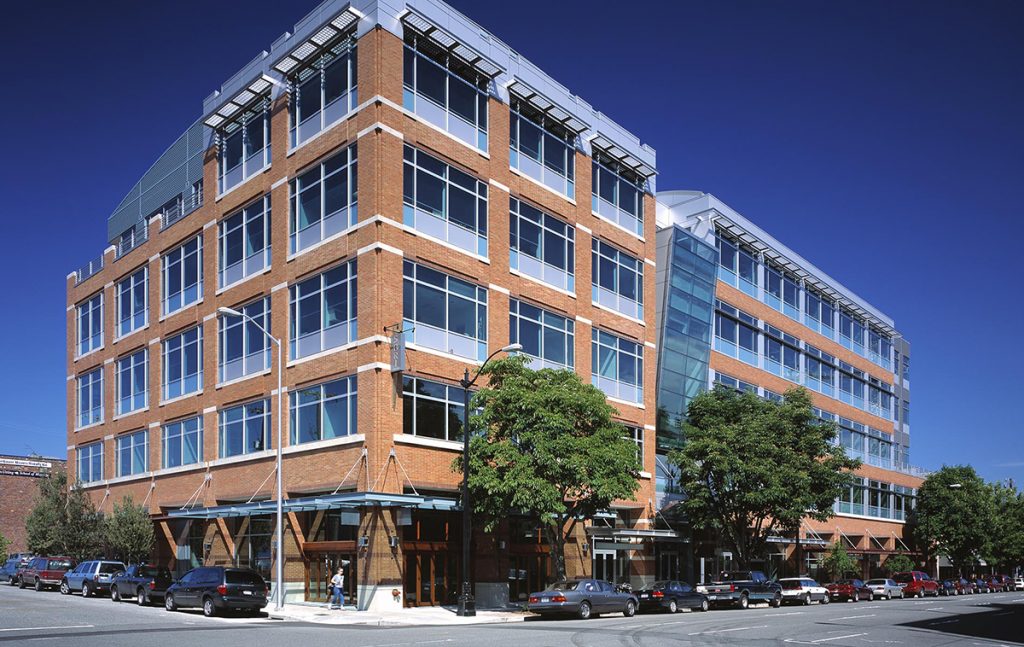
At the time, South Lake Union was rapidly becoming a hub of life sciences innovation. VRE’s development of numerous research facilities to support this growing sector offered opportunities to implement vanguard sustainability processes and technology. Members of VRE’s leadership team served on the U.S. Green Building Council committee responsible for drafting the first version of the criteria for Core & Shell LEED certification, bringing expertise on sustainability standards to their work in SLU. In 2004 VRE’s 307 Westlake building, home of the Center for Infectious Disease Research, became the first LEED Silver Core & Shell life sciences pilot project to receive certification in the United States. The same year, their 401 Terry project was the first life sciences research building in Washington State to earn the LEED for Existing Buildings certification.
Vulcan Real Estate is the largest private developer of new construction LEED-certified projects in Seattle.
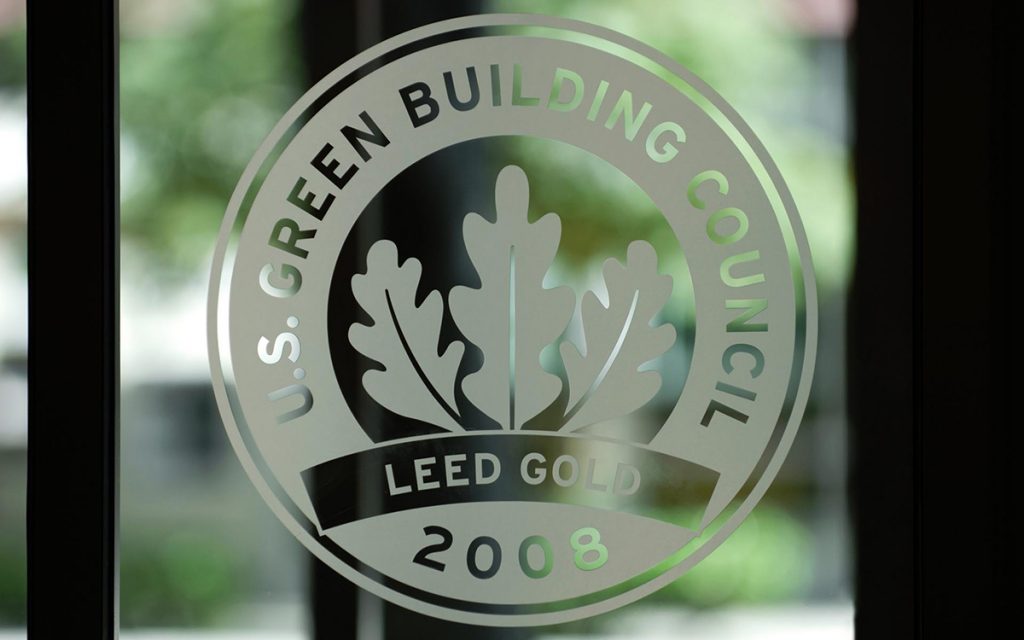
Innovation & Technology
As South Lake Union continued to grow, VRE invested in new technology to increase energy and water efficiency. Alley24, an office development completed in 2006, became a milestone project with the implementation of tech innovations like computer-controlled exterior sunshades, operable windows and an underfloor HVAC system. These additions effectively conserved energy and as a result, Alley 24 became the first VRE project to meet the 2030 Challenge―a rigorous set of standards created by the American Institute of Architects with the goal of bringing new construction progressively closer to carbon neutral by the year 2030.
Vulcan Real Estate helped found Seattle’s 2030 District, the goal of which is to create a high-performance, energy and water efficient building district in downtown Seattle.
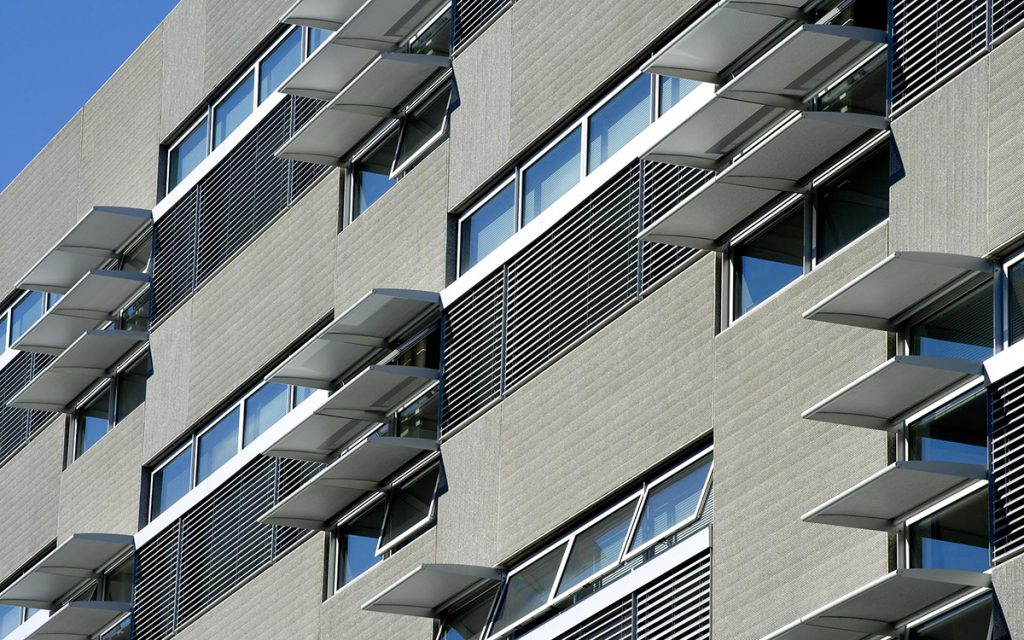
Water conservation and preservation was also a key priority that VRE’s team addressed with new technologies. Green roofs and bioretention planters were incorporated into the designs of many of VRE’s projects to reduce heat-island effect and detain stormwater.
VRE’s willingness to embrace new technologies led to a partnership with the City of Seattle to design and construct the Swale on Yale, a collection of four biofiltration swales in streets bordering two of VRE’s developments that use vegetation and soil medium to filter pollutants in street runoff from the Capitol Hill neighborhood, which had previously been discharged to Lake Union untreated. This infrastructure now treats 190 million gallons of stormwater annually before it enters Lake Union, contributing significantly to regional water quality improvement goals.
The Swale on Yale, a partnership between the City of Seattle and VRE, treats 190 million gallons of stormwater annually before it enters Lake Union.
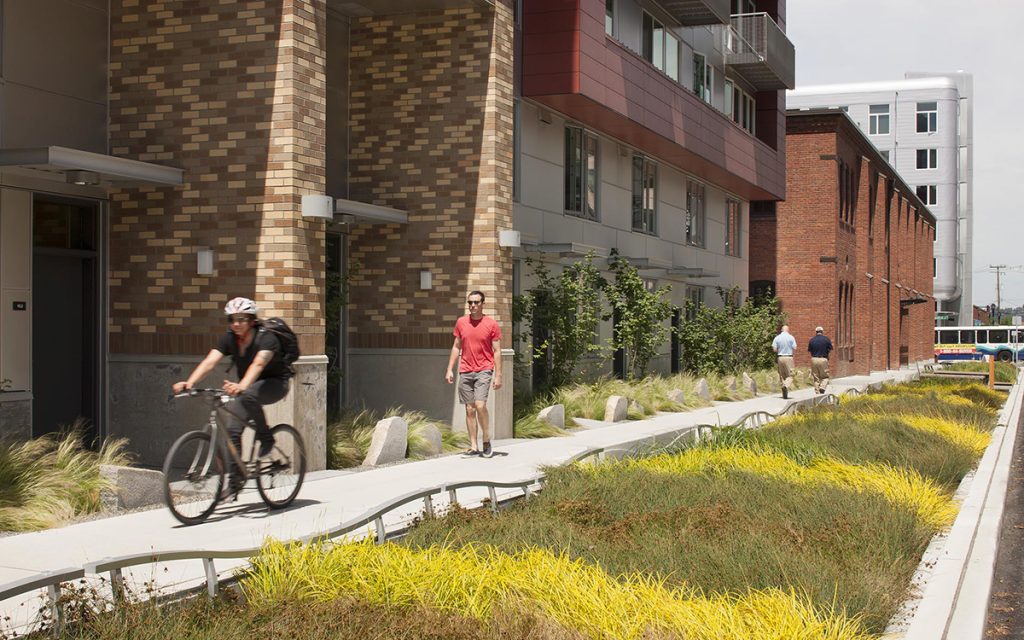
VRE also partnered with Salmon-Safe, piloting a developer accreditation program and becoming the world’s first Salmon-Safe accredited developer. Today, Salmon-Safe is a certification program that links site development and land management practices with the protection of water quality, habitat and urban watersheds.
Vulcan Real Estate is the world’s first Salmon-Safe accredited developer.
Building the Future
With 18 years of efforts behind them, VRE continues to implement innovative solutions to conserve and preserve environmental resources.
For example, Sitka, one of VRE’s more recent LEED Platinum-certified developments, features a first-of-its-kind greywater treatment system. Water discharged from the showers and washing machines of one third of the project’s units is filtered to provide irrigation to almost all of the community’s landscaping. The project also features a vanguard wastewater heat recovery system that harvests heat from the project’s sewage discharge, heating water about six times more efficiently than conventional electric water heaters.
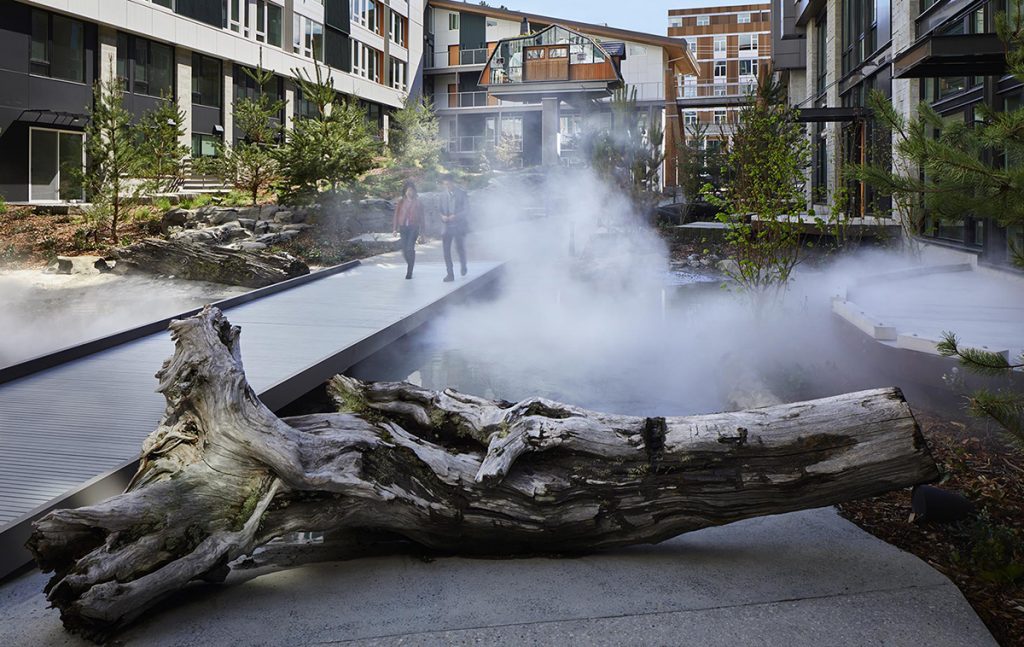
In the years to come, technology will advance and achieve new standards in sustainable development. As VRE continues to push the envelope in energy and water efficiency, partnerships will remain essential to success. Collaboration with architects, local communities, governments, and others specializing in the field will allow VRE to drive forward progress in building performance and sustainable development in the future.


